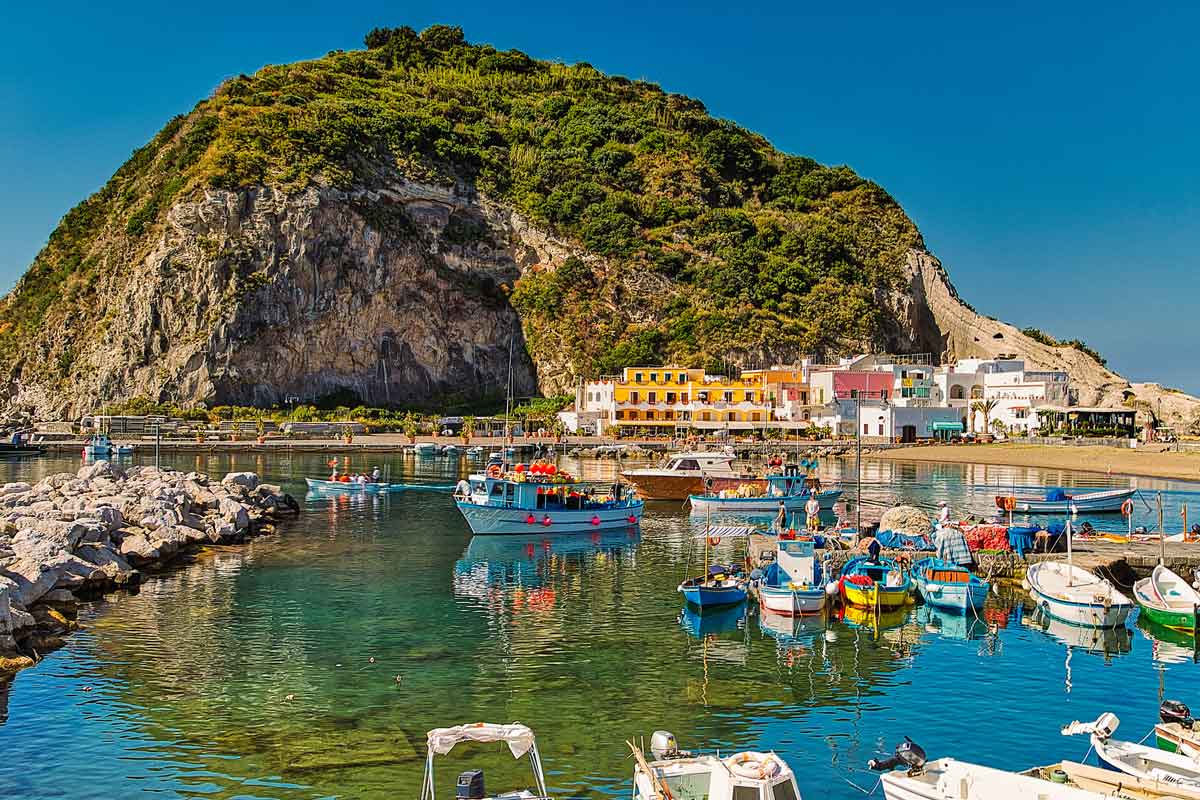The Amalfi Coast Is Hiding a Treasure in the Tyrrhenian Sea
Nobody opposes the notion of spending a summer in Europe. Beach parties with grilled octopus on the Greek islands, bicycle tours of the South of France, and an endless supply of beverages and tapas in Spain are all fantastic possibilities.
And then there’s Italy, where time moves at a more leisurely pace and the sound of lovers kissing travels through the air with the scent of pizza cooking.
Millions of people visit Italy every summer with visions of Timothée Chalamet biting into a juicy peach from “Call Me By Your Name” dancing in their heads, wanting to re-create their own version of the film’s romantic premise.
Even if dripping peaches and passion were to blame for my summer trip to Italy, I have to look elsewhere to explain why I opted to stay longer than planned and left my companion bewildered on the boat dock.
It wasn’t Timothée’s Oscar-worthy performance that got me thinking about writing, but rather a completely unrelated film that I chance to watch while drinking a bottle of wine on the Amalfi Coast.
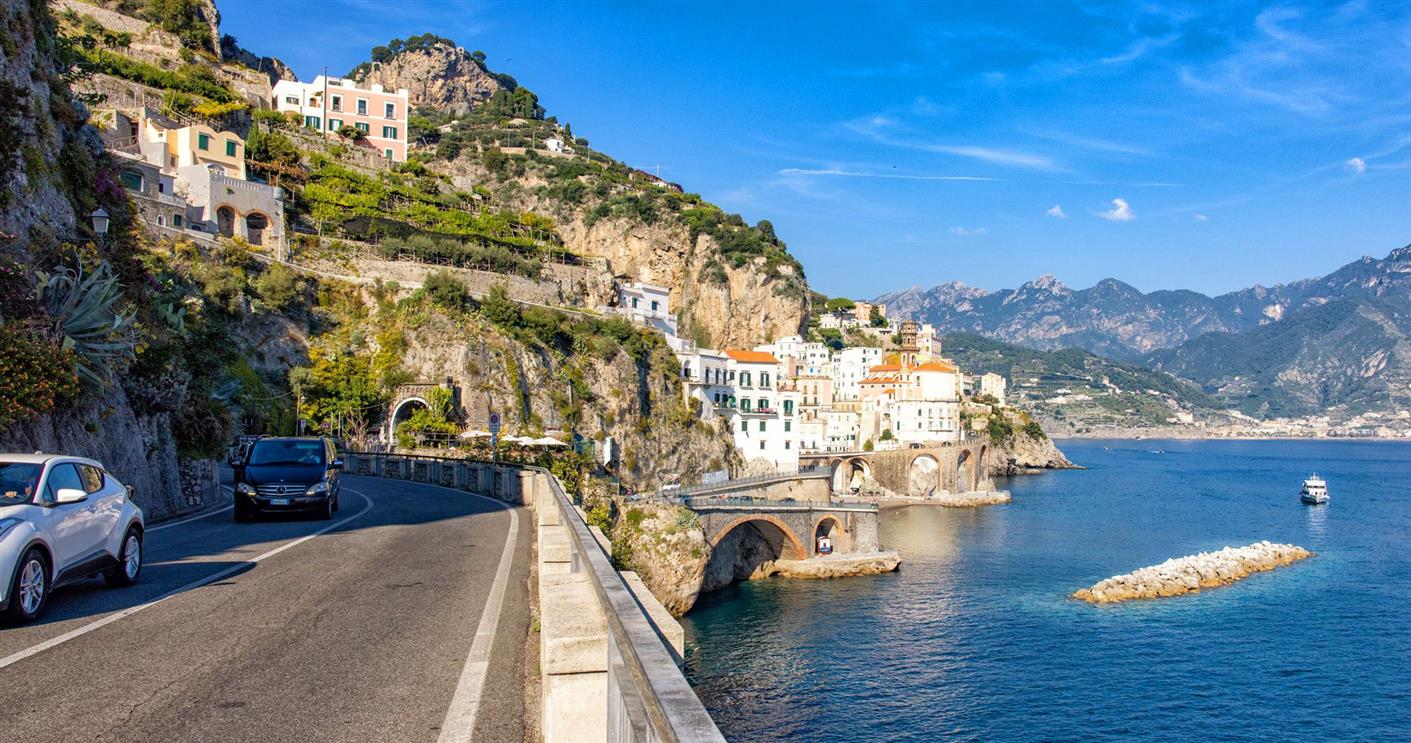
TRAVEL TO THE AMALFI COAST
If I want to do this narrative justice, I need to go back to the beginning. My new love interest invited me to spend two weeks in Italy. Even though we only had two dates on record, we had great chemistry and this opportunity sounded like too much fun to pass up.
So, on a whim, I purchased a plane ticket. Having never been to Italy previously, we started our trip by spending a few days in Rome. We then continued on to the Amalfi Coast and Naples.
We hired scooters and stayed in a picturesque house on the edge of the Amalfi Coast, where we lazed around in the sun, sipped espressos and wine, and gorged on spaghetti. For the most part, it was a dream come true.
However, as beautiful as the Amalfi Coast was, I found that popular destinations like Capri and Positano had lost some of its luster due to an overload of tourists.
Don’t get me wrong, it was all extremely pretty, and the food was delicious. However, when I travel, I prefer to seek out lesser-known treasures, ones that have not yet been overwhelmed by tourists and ruined by commercialization.
So, now I’m left wanting more… And I did track out the treasure; it wasn’t quite hidden, but it was genuine anyway.
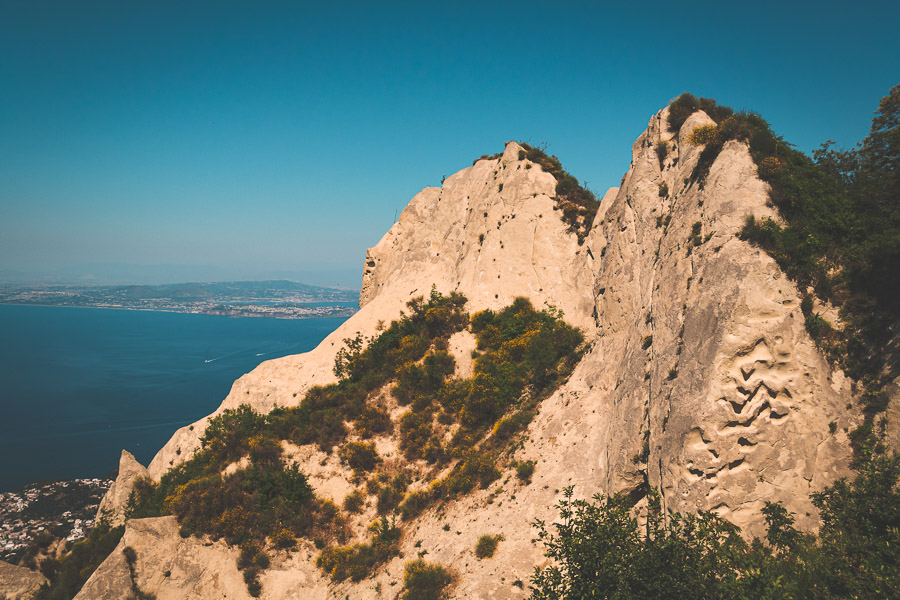
MR. RIPLEY ACROSS FROM AMALFI
Instagram celebrities and hipsters may visit Capri and the Amalfi Coast on their Mediterranean summer vacations, but they may not realize that there is a much less visited spot just across the Bay of Naples in the Tyrrhenian Sea.
My journey to this hitherto secret locale began with “The Talented Mr. Ripley.” If not for the captivating story, the beautiful location alone makes this 1999 film a must-watch. The title was heavily advertised as an Italian Netflix top pick because it was shot on location in several cities and towns across Italy.
Although I had seen the film years ago, my memory of it was hazy at best. My date, who had not seen it and wanted to, and the fact that I don’t rewatch movies very frequently (variety being the spice of life and all) brought Mr. Ripley’s stomping turf back into my field of vision. We sat back with full stomachs and wine glasses and watched the movie.
A much of the action in “The Talented Mr. Ripley” takes place in the made-up town of Mongibello, which, as I discovered while watching the film, was actually shot on the island of Ischia. Ischia was a name I was unfamiliar with, yet it immediately caught my attention.
Images on the television showed idyllic fishing communities where people went about their days rocking in sailboats and strolling leisurely along cobblestone walkways.
I bought it. In the few hours following the film’s conclusion, I had already rescheduled my return flight and booked a month-long stay on the island of Ischia through Airbnb. My date’s reaction to hearing that I wouldn’t be returning on the scheduled flight was equal parts shock and envy, so I had to break the news to her carefully.
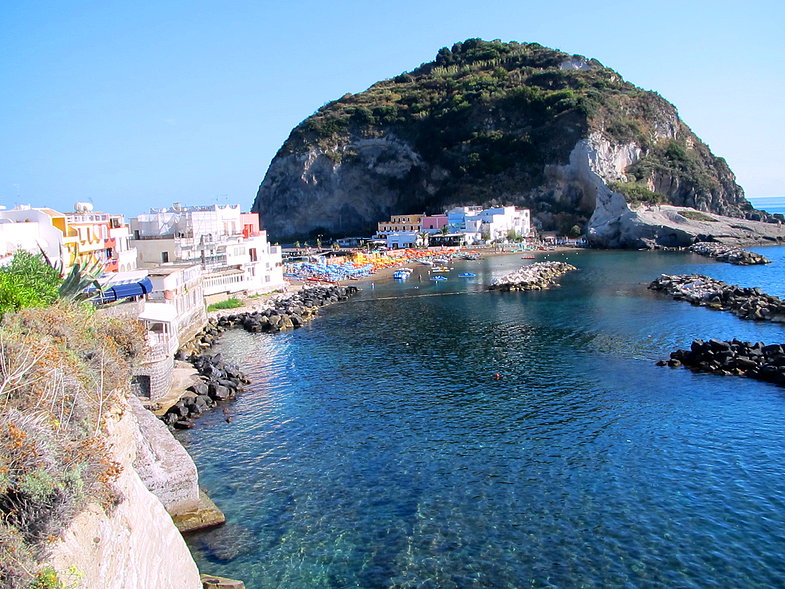
LEAVING AMALFI FOR THE ISLAND OF ISCHIA
After a tearful but excited goodbye on our last day in Amalfi, I boarded the ferry for the 2.5-hour journey across the Bay of Naples.
If I could tell you that I glanced back and blew kisses to my Amalfi date from the rail, I would, but alas, I had heard the siren’s song and had to go. My heart was already completely taken by Ischia.
Since visiting Ischia, I’ve been afraid to write about the island for fear of bringing unwanted attention to what is otherwise a pristine and genuine slice of Italy.
Unfortunately, more study shows that Ischia is already well-known and praised as the location of some of the nicest beaches in the Mediterranean.
I can say without a doubt that the beaches are exquisite, particularly on the area of the island I visited. More significantly, at least for me, the atmosphere was as genuine as it gets; call it what you will: vibe, charisma, soul, il cuore.
From its volcanic vineyards to its old castles and gorgeous beaches, the island of Ischia is unmistakably Italian.
It was the local personalities who most exemplified the true warmth and charisma that one associates with Italy. The Italian elements of the good life (la dolce vita)—family, good wine, good food, and tranquility—were everywhere I looked.
Because there is simply too much to cover in a single article, including fabulous restaurants (Da Peppina Di Renato), stylish beach clubs (Scannella), adorable cafes (Gelateria Roxy), simple boat rentals (West Coast Ischia), and breathtaking sunset hikes (Monte Epomeo), I will focus on the finer details that made my Ischian vacation so memorable.
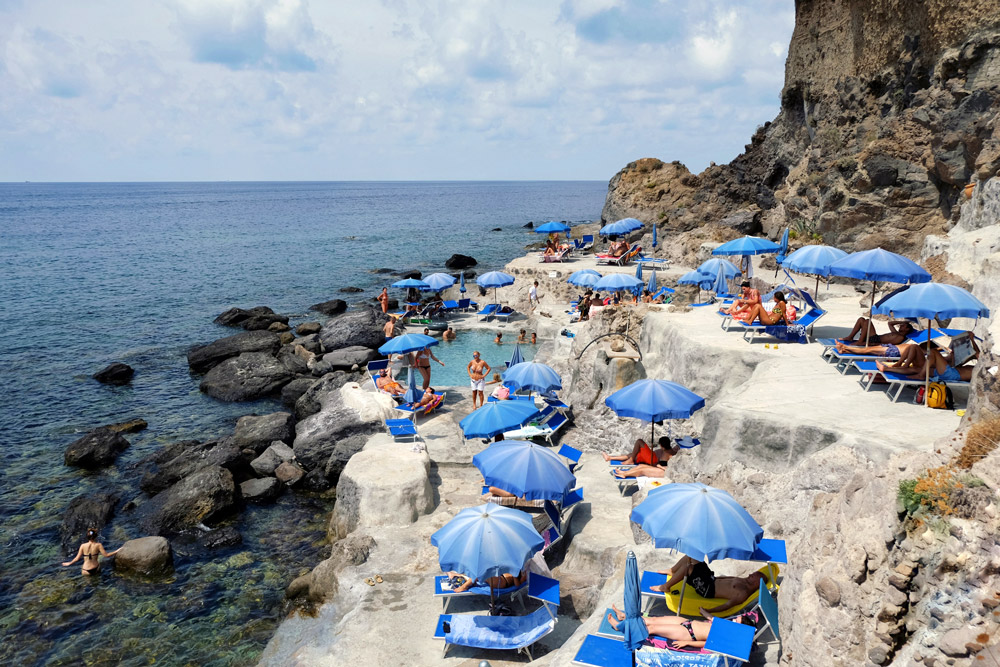
THE TOWNS OF ISCHIA
I awoke every day in a garden on the island’s seaward side, a little distance from Forio, the island’s second-largest town. The entire island is about 48 square kilometers in size, making a drive around it a doable two-hour endeavor.
A mountain pass winds its way through the island’s center, passing by several quaint settlements and starting points for hiking trails. Ischia is a volcano, and its inhabitants claim that an eruption there would be considerably more devastating than the one that wiped out ancient Pompeii.
Capri, as a point of comparison, is barely 10 square kilometers in size. However, you need not fret; Ischia has not experienced an eruption in almost 700 years.
However, the volcanic activity does bring a very unusual phenomena to the surface. Ischia’s distinctive thermal waters have attracted visitors from the Greeks and Romans for millennia due to the abundance of fish they contain.
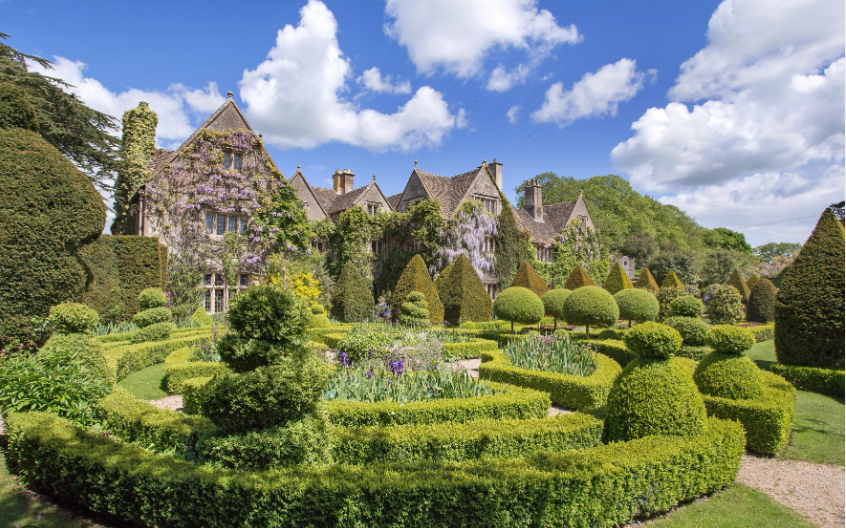
Natural hot springs gush steaming mineral water to the surface all across the island. Spa parks have been developed around some of these hot springs, while others are utilized to warm swimming pools at high-end hotels. However, in my opinion, there is one hot spring that stands head and shoulders above the rest, and that is where I accidentally booked my Airbnb.
The little farm that had my garden suite had been in the same local family for centuries.
Because of its protected status, development on the island is effectively prohibited. My Airbnb owner told me that if you want to develop anything on the island of Ischia, you need to either “know” the appropriate people or work extremely slowly and covertly, usually at night. As a result, everything seemed unreal to me.
My room was equipped with all the latest amenities, but all I could see beyond the garden gate were peach trees and vineyards. The garden behind the fence provided lemons, figs, and a plethora of other fruits and vegetables, along with eggs and rabbits.
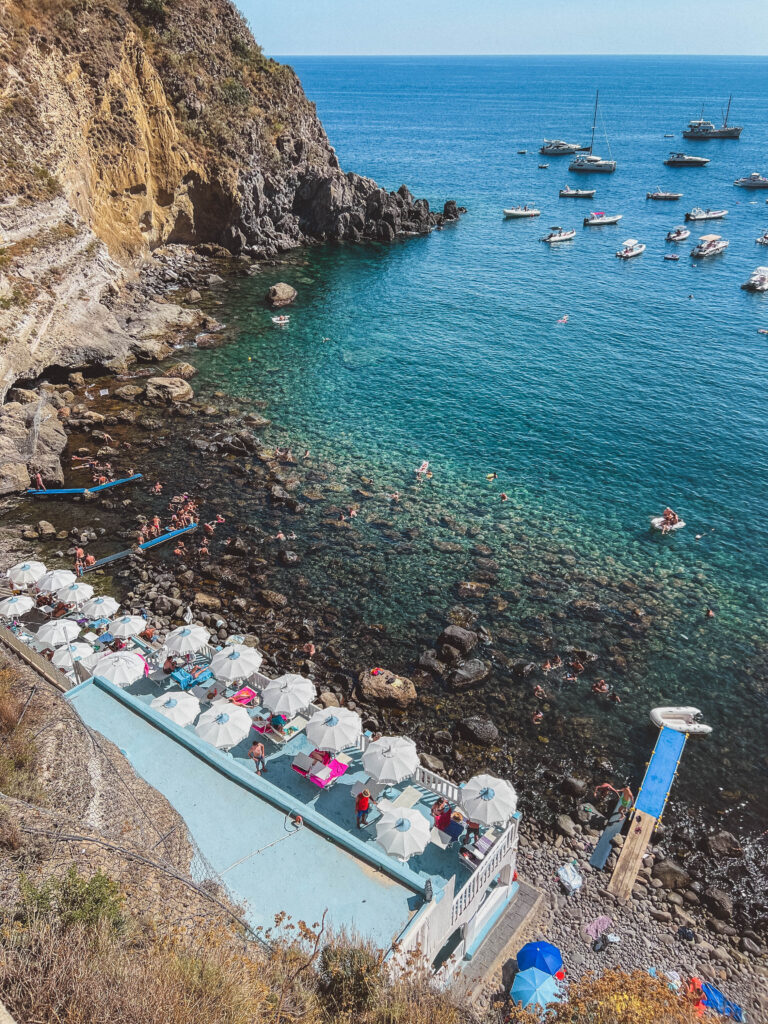
SORGETO BAY IN ISCHIA
Daily, I would leave the property and make my way to the beach through a dirt path that wound through a vineyard. There was a lengthy stone staircase leading down to this shore. It’s not your typical beach; it’s called Sorgeto Bay (Baia di Sorgeto) in Italian.
Hot spring water from below ground flows right into the tiny rocky cove, creating thermal tidal pools where visitors can relax, apply mud masks, and/or enjoy cocktails from the beach’s rudimentary bar and restaurant. There aren’t many sites in the world where you can swim in salty seawater that’s as warm as a hot tub. You can cool off by swimming out a short distance into the blue waters.
Moreover, the thermal baths were ideal for brisk nighttime excursions and naked moonlit swims. Amazingly, the beach wasn’t too crowded most of the time, especially at night, so I could sit and enjoy my freshly picked peaches in peace.
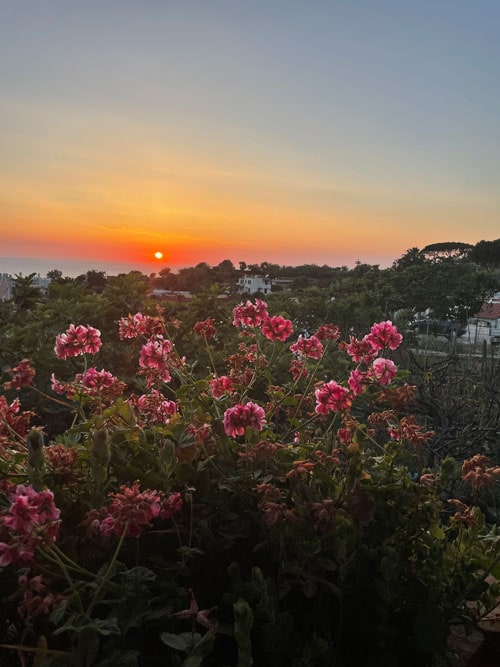
FAREWELL ISCHIA
I’ll never forget the interesting folks I encountered at Sorgeto, including the alternative guy who was dubbed “Thor” because of his striking resemblance to the Norse god. Although some may label Thor as “homeless,” I believe he has created a life in Sorgeto worth celebrating, and he deserves to spend his days at the beach.
The cliffside retreat he’s built for himself is rather remarkable, with amenities including a kitchen, a private thermal bath, a paddle board, and a motorized boat. Thor was the embodiment of the saying “not everything that glitters is gold,” as he was tanned, healthy, and happy despite living off the land and sea and subsisting on a diet of fish, fruit, and barter.
Several years ago, he had finally managed to escape what he called the “simulation” by quitting his work. He informed me that I shouldn’t worry about money or stress. Everything he needs is available to him at no cost in Sorgeto Bay and on the extraordinary island of Ischia.
Do yourself a favor and go try some fresh Ischian peach and a bite out of a genuine Italian heaven; I’m not suggesting you quit your work and move in permanently on the beach next to Thor.
Send Thor a hello from American Phil and hitch a ride in his canoe to the hidden beach in the adjacent bay, if he’s still around. Maybe some Roman artifacts are buried there, but if not, the island itself is a gem waiting to be discovered in the Tyrrhenian Sea.

